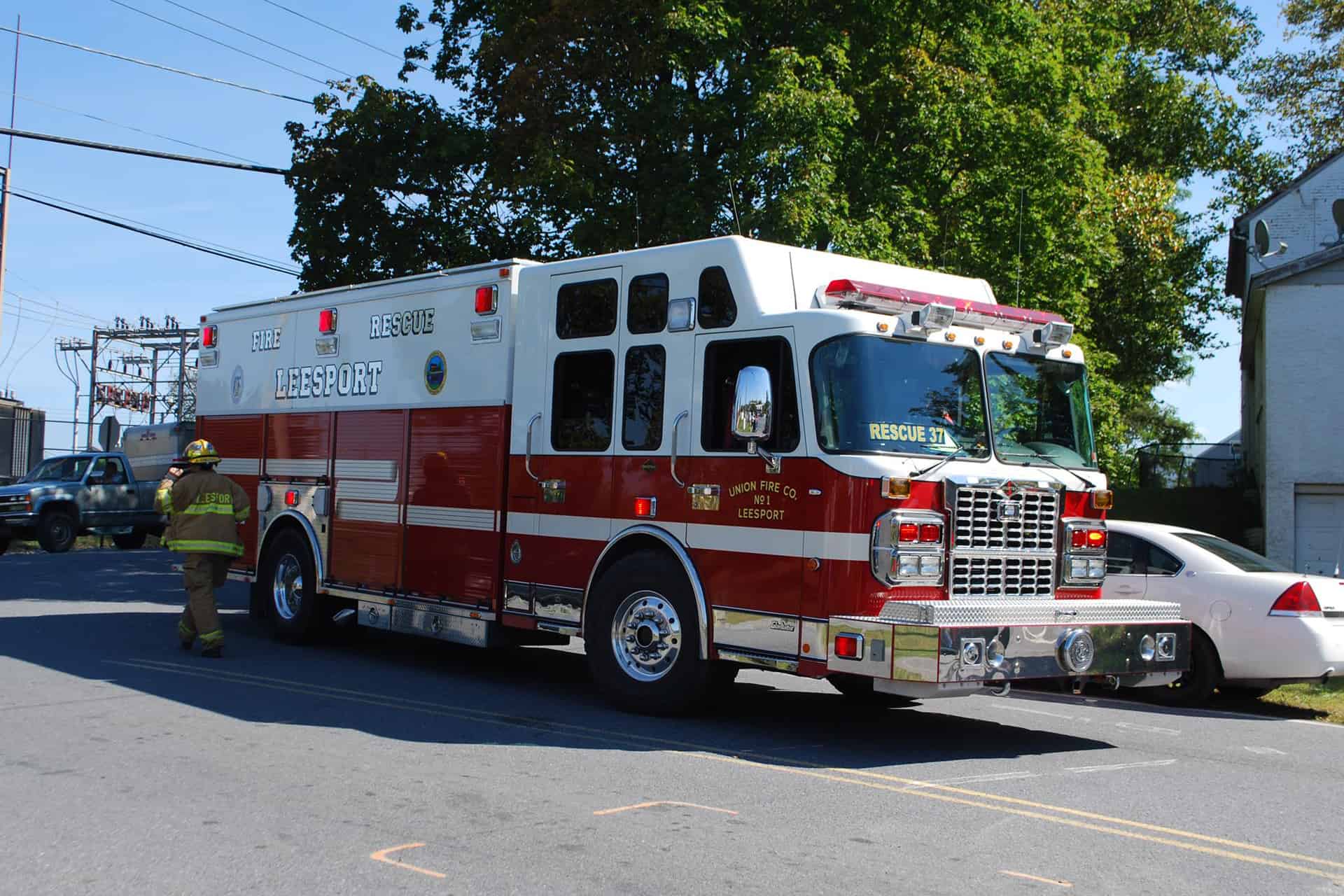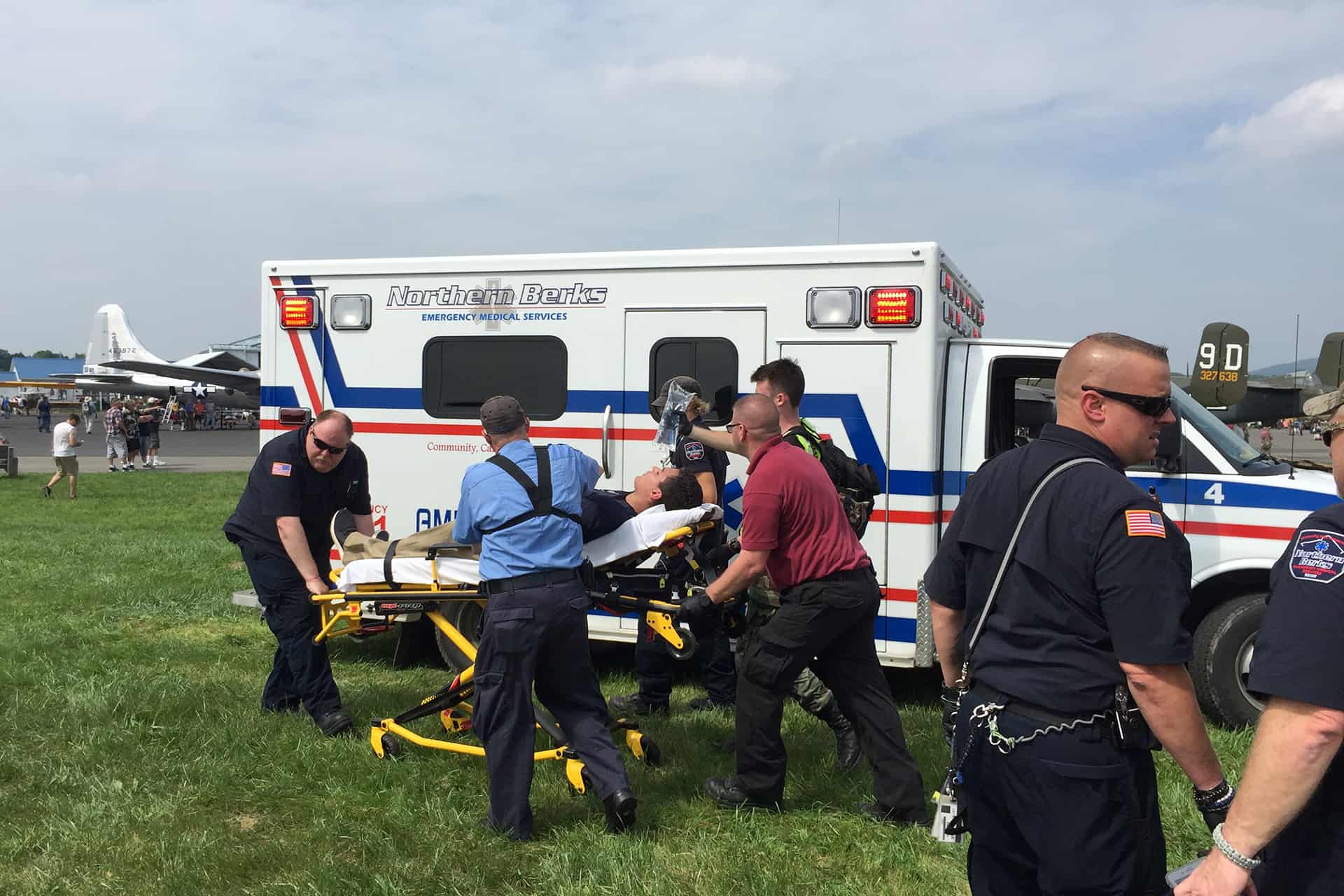Emergency Management
Kim Berger
Emergency Management Coordinator
How to Organize and Prepare for Disasters
A disaster can happen at a moment’s notice, leaving your family stranded and searching for a way out, or it can come with warning, giving you time to prep and plan. Since so many disasters happen unexpectedly, it’s important to have a plan in place to know what you will do when a disaster occurs. Here are some tips to help you the next time you face a disaster.
General Disaster Preparedness
Some preparedness tips apply to any disaster you might face, whether fire, flood, hurricane, earthquake or something else.
One of the most important things you can do to be prepared for a disaster is to pack a disaster preparedness kit. Here are some of the things it should contain:
- Baby supplies (diapers, formula, bottles, medications)
- Extra medications for any family members who need them
- Supplies for contact lenses and eyeglasses
- Denture supplies
- Toiletry items
- First aid kit with antiseptic and thermometer
- Paper plates or “mess kit” dishes
- Non-prescription medicines for fever, pain and diarrhea
- A stash of cash or traveler’s checks
- Flashlight with extra batteries
- Radio with extra batteries
- Toilet paper or hygiene wipes
- Garbage bags
- Feminine supplies
- Hand sanitizer
- Matches in a waterproof container
- Sewing kit
- Candles
- Basic hand tools
- At least one change of clothing and shoes for all individuals in the home
- Three-day supply of ready-to-eat foods (canned is best for longevity)
- Blankets or sleeping bags
- Hard hat and gloves
- Sunglasses
- Rain gear
Packing the disaster prep kit is just the first step in being prepared, however. Here is a checklist to help you be prepared for any type of disaster. Each of these steps applies to all disaster types.
- Designate a safe meeting place in case you are separated for family.
- Make a plan for what you will do with pets if you are evacuated.
- Have a person designated as your contact that lives in another area. This will be the person any of your family members should contact if they are separated from you.
- Learn the escape routes from your home.
- Know where the shutoff valves are for your utilities.
- Make copies of all private and personal documents, then stash them in a secure location not in your home.
- Be informed about the types of disasters common in your area, so you can watch the news and weather for signs of a problem.
- Create an emergency contact card for every member of your household which contains important contact information that might be needed in an emergency.
- Instruct family members about the need to always follow evacuation orders when and if they come.If you are in an area that is prone to flooding or is at risk for hurricanes, understanding the best steps to take to protect your family and your belongings is important. When it comes to natural disasters, hurricanes are the easiest to prepare for, because most of the time you have some signs that a storm is on its way before it hits shore. The same is sometimes true for flooding, except in the case of flash flooding.Here are some pointers to help protect yourself from disaster during a hurricane.
- The biggest danger in a hurricane is a storm surge, which is a rise of water generated by the wind from the storm. Storm tide, a similar problem, occurs when the water level rises during a storm due to the tide and the storm surge. Both can cause tremendous flooding. Wind is another danger, but the water is where the biggest problems lie because it creates catastrophe long after the wind has passed.
- Remove all items from our yard that could blow around during the storm. Rent a storage unit to keep things like patio furniture and outdoor toys safe.
- Cover windows and doors from the outside using plywood or storm shutters.
- Know how to turn off power, and do so if flooding or downed power lines are a problem. If you have to evacuate, turn off the power to be proactive.
- Fill several containers with clean drinking water. Fill the sink and bathtub with water to be used for washing. This will protect you if the power goes out or you lose water supply during the storm. Plan for at least three days’ worth of water.
- Set the freezer and fridge to the lowest possible temperature so your food will stay protected as long as possible if the power goes out.
- Fill the car’s gas tank to get you far from town in an evacuation.
- Bring vehicles into the garage or under some cover during the storm.
- Flooding is a common problem after a hurricane, but it can happen in other situations as well.
Here are some preparedness tips for floods:
- Store items you store regularly in waterproof containers.
- Build a platform to get your stored items off the ground by about six inches.
- Know an evacuation route that is not near water.
- Practice flood evacuation if you live in a high-risk area.
- Turn off electrical power when a flood is coming. Install a sump pump with a backup power source.
- Raise your electrical sockets and switches a full foot above the projected flood level at your home. Earthquakes typically come without warning. If you live in an area that is at risk for earthquakes, you need to take measures to be prepared. If you don’t live in an area prone to earthquakes, you should still be prepared, because an earthquake can happen anywhere, at any time and without warning. Here are some preparation tips to ensure that you are ready.
- Practice earthquake drills so all family members know what to do. The safest thing to do in an earthquake is to drop to a hands-and-knees position, cover the head and neck under a table or desk if possible, and hold on to the item you choose for shelter.
- Have an evacuation plan with two ways out. Remember, in an earthquake, it’s common for one route out of a space to become blocked.
- Prioritize the items you will take if you must leave your home due to earthquake damage.
- Keep important documents in a fire-proof safe. A fire-proof safe is likely to come out of an earthquake safely, and fires are a high risk after an earthquake due to damaged gas and electric lines. Include a household inventory in your safe for insurance purposes. Consider stashing this safe somewhere other than your home, like a storage facility, so it is easily retrieved after an earthquake.
- Move heavy items that could tip or fall off of the wall away from beds.
- Bolt bookcases and other to studs in the wall.Tornadoes are devastating because of the sudden nature of these storms. Weather forecasters often have little warning when one pops up and creates devastation, because even when conditions are prime for a tornado, they may not happen. Tornadoes can happen anywhere, but areas with hot, humid weather and frequent thunderstorms are the most likely to suffer from tornadoes. Here are some tornado preparation tips to keep in mind:
- Know your local warning system, whether it has tornado sirens or a radio-based alert, and tune in to it when conditions are prime for a tornado. Remember that a “tornado watch” means conditions could cause a tornado, whereas a “tornado warning” means one has been seen.
- Know your safest location. For most homes it is a basement or an interior bathroom away from windows. Make sure all family members know where to go.
- Secure the home’s structure prior to a tornado to make it stronger in the intense winds that are coming.
- Do not use open flames, including candles, after a tornado until you know there are no gas leaks. Shut off the gas if you smell gas.
- If you have time before you have to go to the basement, move furniture so that it is away from windows, mirrors or picture frames. Anchor top-heavy furniture so that it does not topple in a tornado.A fire can happen at any time and for any number of reasons. Most of the time you won’t have any warning that a fire will occur, so it’s important to be prepared. Take a look at this checklist:
- Place copies of financial and personal documents in a fire-proof safe. Consider storing it away from home in a storage facility to ensure it is protected.
- Install smoke alarms on every floor of the house, choosing interconnected units. Test them monthly and replace the battery once a year.
- Familiarize yourself with exits, and know how to reach two ways out of your home. Make sure children know how to get out of their bedroom safely in a fire.
- Designate an area in your yard to meet, and ensure that all family members know to go there, never back into the building.If you have a storage unit, or if you get one, you can work it into your disaster preparedness plan. The most logical way to do so is through storing your belongings in the unit. However, this is just one option. Believe it or not, a self-storage unit could be a “safe haven” in a serious disaster.Of course, most people are not going to have to turn to their storage unit as a place to live in a disaster. Instead, they use it to store the items that they will need in a disaster, like their important documents, in the unit. If you live in an area where a particular type of disaster is at a higher risk, such as a hurricane-prone area or a flood zone, then the way in which you pack your storage unit is important. Here are some tips to make your storage unit “disaster safe.”
- Consider the fact that a storage unit has no windows and only one, secure, door. This means you would be safe from wind and storm damage. In addition, storage facilities tend to be well-built, strong structures, and withstand damage from storms quite well. If you rent a storage unit, you can stash your emergency supply kit in it, and then be prepared when disaster strikes, without taking up all of your storage in your home. If you have nowhere else to go, consider leveraging your storage unit as a “safe haven” in a disaster.
- Choose water-resistant storage containers, like plastic tubs, instead of cardboard.
- Choose a storage unit made out of flood damage-resistant or fire retardant materials, like brick or concrete.
- If you have the option, choose an upper-floor unit.
- Protect your items so that they can withstand up to 72 hours of water exposure.
- Set items on a shelf or platform so that they are not on the ground. Pallets are a great choice for furniture that can’t go on a self. This also allows air to circulate around the item, helping reduce moisture damage if you have a problem.
- Choose a humidity-controlled unit to reduce the risk of moisture damage. Remember, flood insurance is not likely to cover moisture damage to belongings in storage.
- Add a bag of charcoal to the unit, and replace every month or two.Finally, what should you do if you sense that a storm or other disaster is imminent. Here are some last tips to keep in mind.
- Always know the safest place to go in a disaster, including the best evacuation route from your home.
- Prepare your home by securing items outside, boarding up windows and turning off utilities, if needed.
- Have a plan to meet up with your family.
Keep your car filled with gas for safety reasons. - Tune in to weather radio stations to get updates from local authorities.
- Obey any evacuation orders.
- Pack a “go bag” to grab and run in an evacuation.
- Above all, value human life over belongings, because only one can be replaced.



